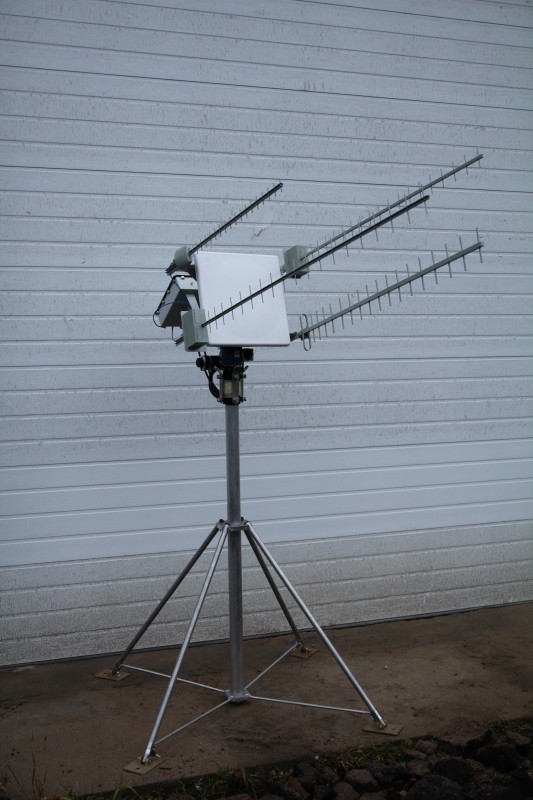(1) What are these EMP jammer beams and rounds. By beams I suspect you are referring to a system like Krasukha and Palantin but what are EMP rounds ?
Using high explosive to generate an EMP pulse... it is only local and I would expect it would not be effective much beyond the fragmentation range of a similar sized munition, but where a fragmentation bomb has individual fragments that spread apart as they travel meaning as distance increases the gaps between the fragments gets bigger and bigger so at a larger distance the chance of getting hit with a fragment is low let alone a hit that would damage the drone. An EMP pulse offers better coverage against smart targets.
Very simply if the target is a bomb and it just has a fuse then an EMP round might just dud the round, but if it has a mechanical backup fuse it will go boom anyway.
For a smart drone it needs to be able to fly by itself, it needs to communicate with other drones in the swarm, and it needs to have sensors and to be able to make its own decisions based on criteria... it needs to have some level of intelligence which is what the EMP would destroy.
(2) If you jam, shoot down these drones and they fall in civilian areas they will still cause a lot of damage isn't it because once they fall the warhead they are carrying will explode on the ground.
That is possible... one of the most successful Scud attacks during Desert Storm featured a Scud that hit an American Barracks... at the time they were saying 100% kill rate for Patriot of course, but it is certainly possible... in fact likely that this Scud would have been hit several times before impact... perhaps changing its trajectory to hit the barracks that perhaps it might not have otherwise hit.
Generally modern weapons have proximity and impact fuses, but these are only enabled when you get near the target, so hit them early enough and they become an IED bomb threat on the ground... firing air burst shells is more likely to set them off directly but can cause damaged targets to fall to the ground and do damage... not really much you can do about it.
Saw quite a few Patriot launches where the missile just arced over and hit the ground... war zones are dangerous.
(3) What if these swarm drones take advantage of blind spots in air defence and attack the target ? Even in a networked air defence system there will be blind spots.
There are enormous blind spots in western air defence networks because they are arrogant and think they have cruise missiles and they have drones... but until Russia actually used cruise missiles in Syria they were astounded that Russia has cruise missiles... now that the Houthies have attacked Saudi Arabia they have realised other countries have drones and cruise missiles and they might start adapting their current SAMs to deal with very low flying slow targets.
These drones will be communicating with each other and avoiding the ground which generally creates communication traffic which will give away their position... not to mention the carrier aircraft will also be noticed too.
If 500 drones hit a Russian hydro electric power station... they would only do it in time of war and getting 500 drones within range of the target will be a much more costly exercise than launching a tomahawk... if there are these blind spots for swarm drones then there will be blind spots for cruise missiles too...
In Saudi-Arabia one of these blind spots was the largest oil facility in the country.
Makes you wonder what their coverage is over the rest of the country... what were they focussing on protecting?
It clearly wasn't their main source of income.
The Swarm Drone Strategy is a declaration that stealth wont penetrate current Russian air defences... the Russians on the other hand have gone for very high speed and manouver performance which seems like the best direction to head to and they have a significant lead in that they have a missile design on the verge of service entry and their new ships and upgraded old ships will be able to carry it as standard ammo...
80 Calibre missiles is a potent war load for an upgraded Kirov class ship, that could be used against 65-75 targets with a weak enemy, or perhaps 20-30 targets of a medium enemy, or 10-15 targets with a peer enemy. 80 Zircon missiles on the other hand would be a struggle for most modern armed forces to deal with... we are talking about 50-60 targets for that weapon load out against a peer enemy...
And their newer larger ships are only going to carry more.







